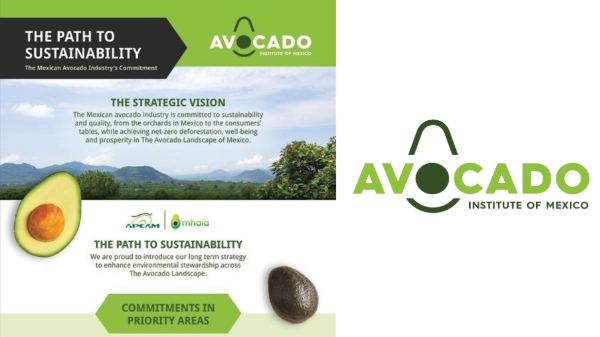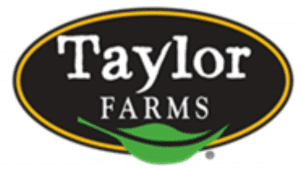Welcome to Blue Book!
Are you ready to join the thousands of companies who rely on Blue Book to drive smarter decisions? View our plans and get started today!
Still have questions? We’d love to show you what Blue Book can do for you. Drop us a line– we’ve been waiting for you.
Big Data has become a hot topic in the business world, companies such as Netflix and Amazon use it to tailor customer recommendations, Google relies on it to personalize advertising, and researchers have employed it to find ways to prevent playground bullying.
Growers, suppliers, logistics firms, and produce retailers are starting to look to “Big Data” for ways to improve profitability, solidify relationships with top customers, raise product quality, and apply the data to a myriad of other uses.
“Big Data is where you’re using data sets, structured or unstructured, to solve different problems you may not have been able to solve in the past,” explains Eric Peters, chief executive officer of Foodlink Holdings, Inc., a Los Gatos, CA-based provider of data and analytics solutions for the fresh food supply chain. “Big Data is not a piece of software you can get off the shelf. It’s a new approach to solving a problem.”
Corporate behemoth IBM defines ‘Big Data’ along four dimensions called the “Four Vs”—volume, variety, velocity, and veracity. Volume, logically, refers to the huge amount of information analyzed; variety points to the different forms of data, such as quantitative and qualitative, text, video, numerical figures, photographs, as well as internally and externally sourced intelligence; velocity is for the incorporation of ever-changing data and the ability to provide results in a short timeframe; and lastly, veracity can compensate for unclean data, such as from data entry mistakes.
“It’s not so much how much data you have, as what you do with it,” says C. John Langley Jr., professor of supply chain management at Penn State University. Langley notes that many companies use Big Data descriptively, to tell them what is currently happening, such as whether inventory is available and where it is located. “But the more powerful uses of Big Data are predictive, prescriptive, and cognitive,” he explains. Predictive usage forecasts what will happen in the future, such as determining the future availability of a commodity; prescriptive usage suggests actions to take, such as the configuration of advance contracts; and cognitive approaches the data without preconceived questions or constraints, to see what unexpected issues or answers might emerge.
Big Data in the Produce Industry
Experts believe the produce industry is a good fit for Big Data, due to the significant amount of information available, its variety and changeability, the difficulty of predicting the future based on history, and the relatively collaborative nature of the business.








